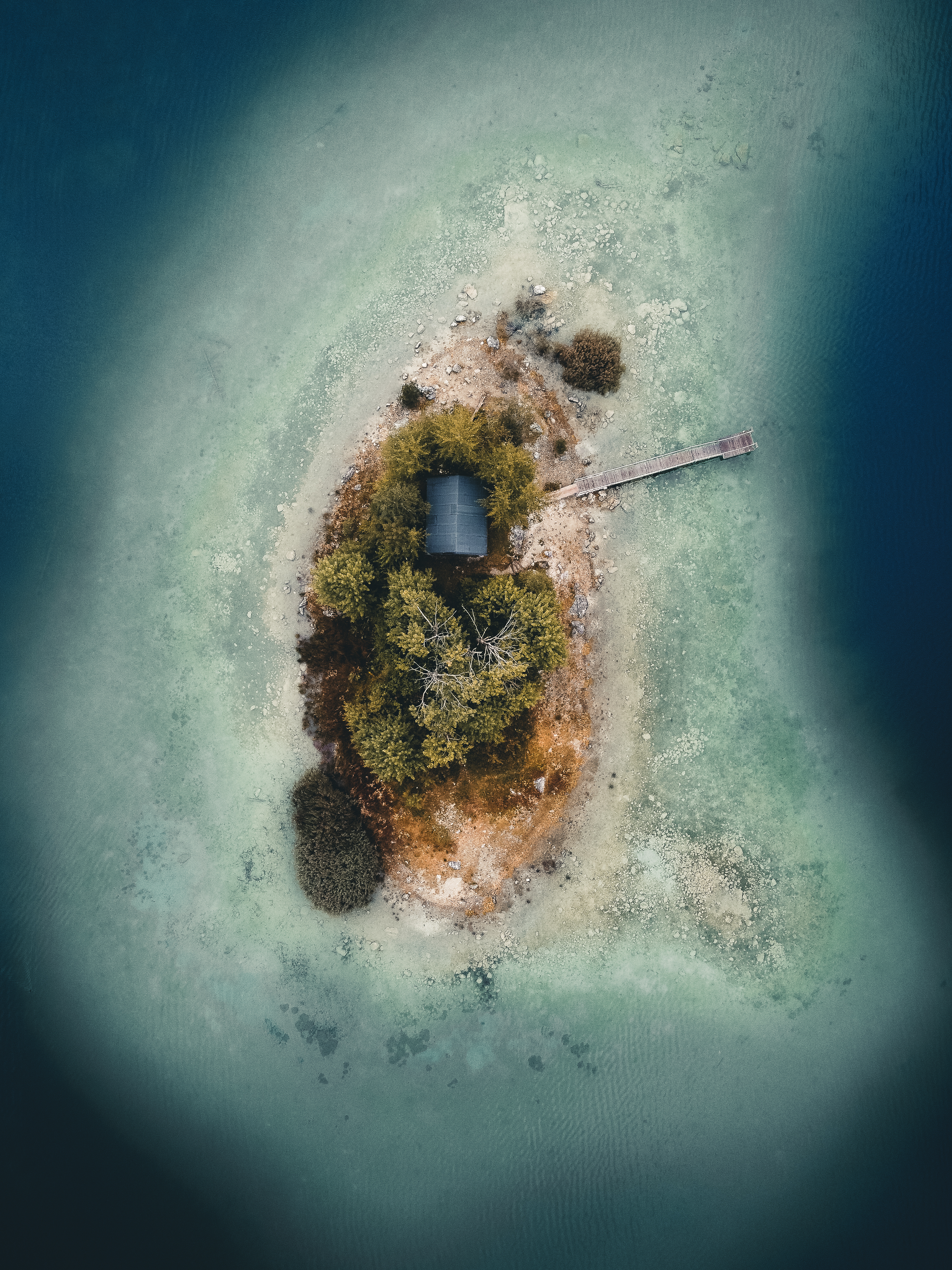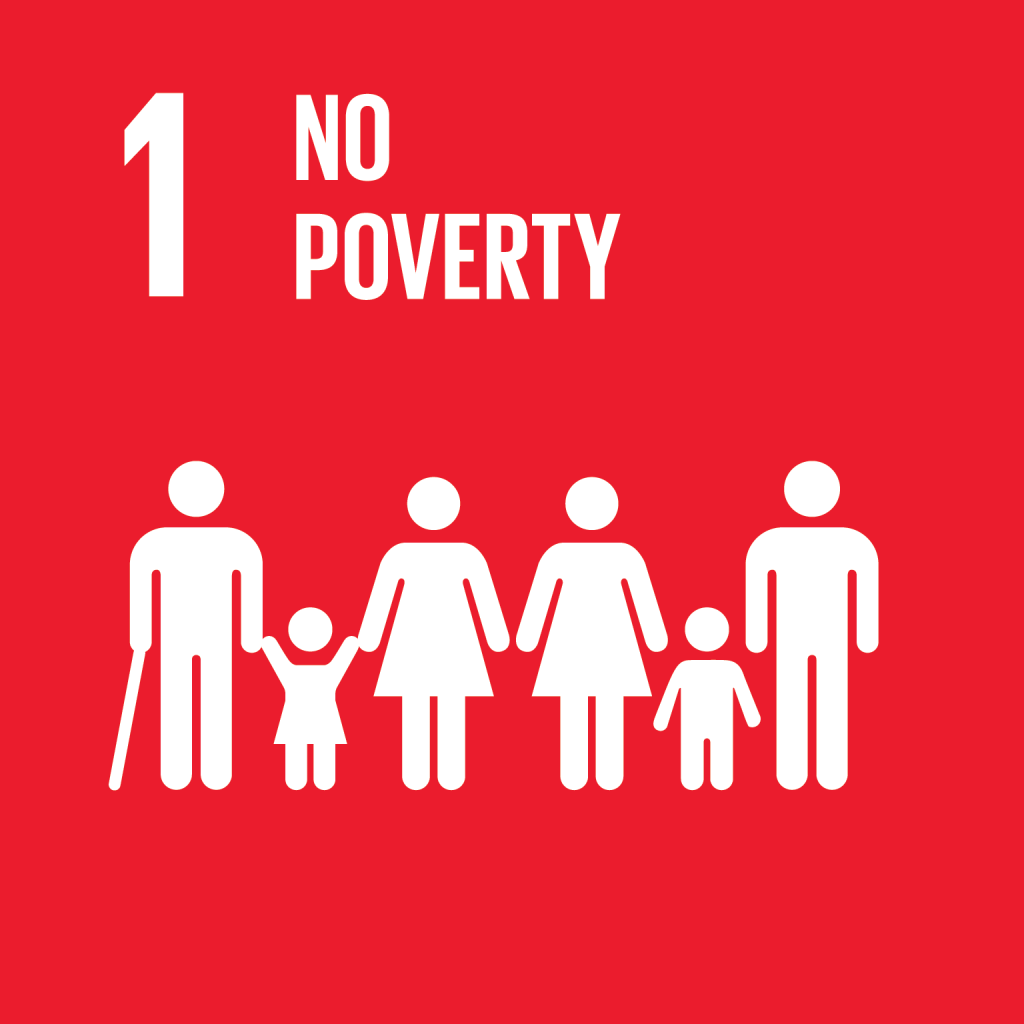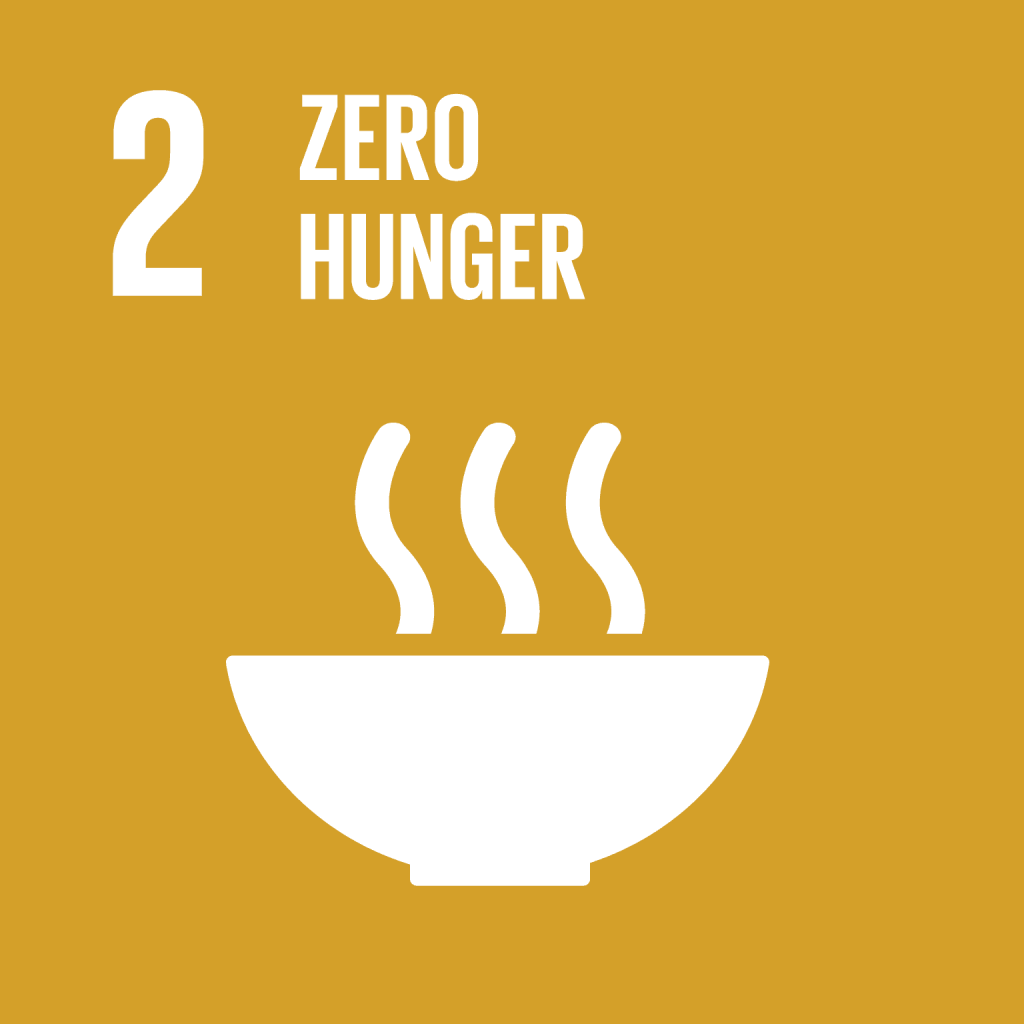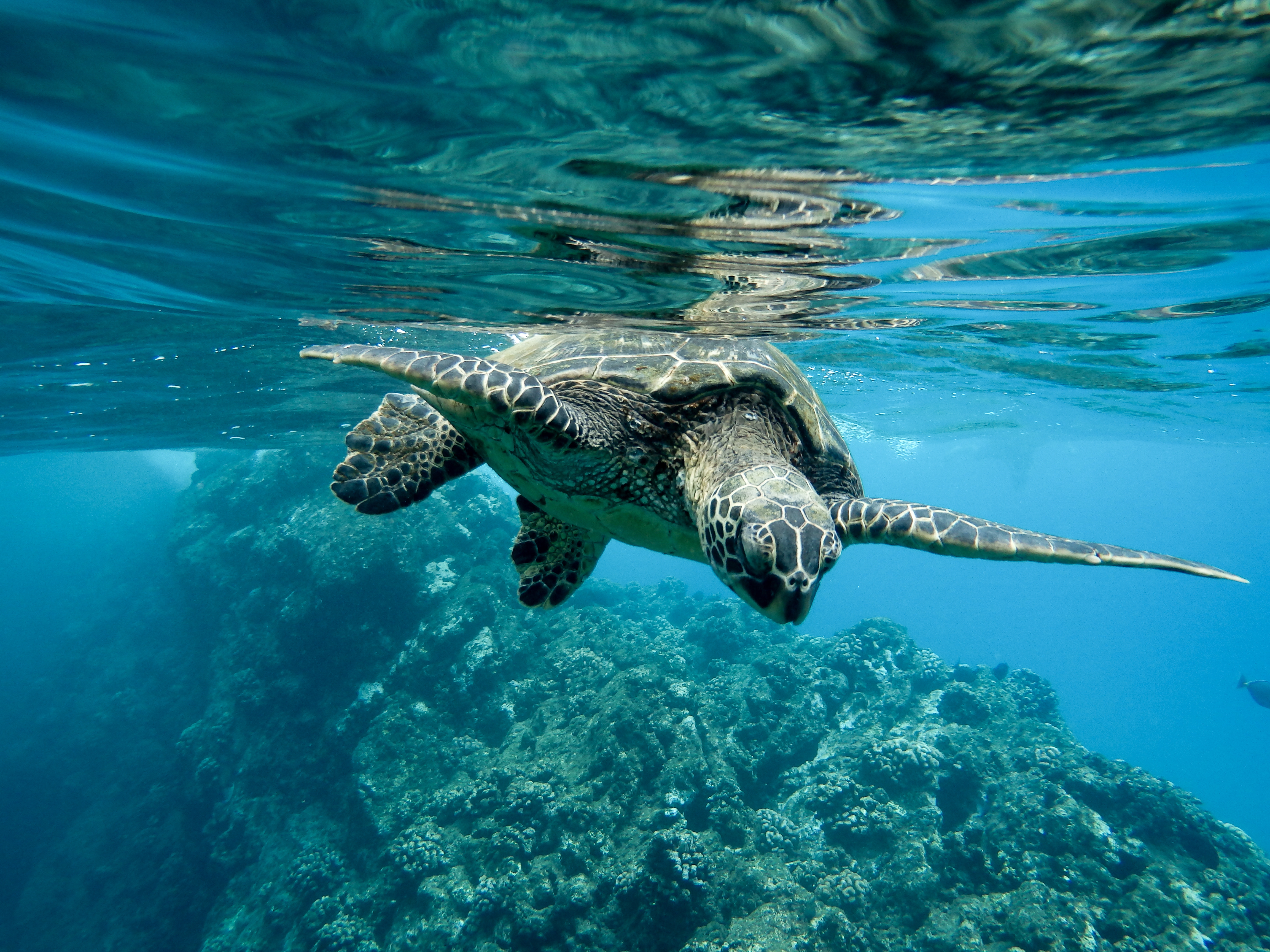
BENEATH THE SURFACE
Uncovering Climate Risks and Livelihood Vulnerabilities in Indonesian Fisheries
I Nyoman Setiawan and Suryo Adi Rakhmawan
Poster & Full Paper Documentation
I Nyoman Setiawan and Suryo Adi Rakhmawan
Poster & Full Paper Documentation
The accelerating impact of climate change threatens marine ecosystems and fisheries, critically affecting the economy and livelihoods of millions of coastal communities in Indonesia. Understanding these impacts at granular spatial and temporal scales is essential for informing adaptive policy measures.
This study aims to quantify the effects of climate change on fisheries potential, analyze exploitation patterns, and assess socioeconomic vulnerabilities in Indonesia using robust statistical modeling and remote sensing techniques.
Environmental Variables
Sources: NASA (MODIS) and GCOM
Chlorophyll-a indicates the abundance of phytoplankton, serving as a key marker of primary productivity and potential feeding grounds for fish.
Environmental Variables
Source: NOPP (HYCOM)
SST influences fish distribution and behavior, as different species thrive within specific temperature ranges suitable for their metabolism and spawning.
Environmental Variables
Source: NOPP (HYCOM)
Salinity affects fish survival and distribution by influencing osmoregulation, with each species adapted to specific salinity ranges in their natural habitat.
Environmental Variables
Source: BIG
Bathymetry influences fish habitat selection by determining water depth and seafloor features, which affect light availability, pressure, and shelter for different species.
Big Data
Source: UNGP
Tracking fishing vessel locations and activity intensity.
Socioeconomic Data
Source: BPS-Statistics Indonesia
SUSENAS provides socioeconomic data that help identify the welfare and marine resource access of fishing communities.
Socioeconomic Data
Source: BPS-Statistics Indonesia
SAKERNAS offers labor statistics that reveal employment patterns and workforce conditions in the fisheries sector.
Habitat Suitability Mapping
Species-environment Matching
Spatial Suitability Visualization
Temporal Hotspot Analysis
Phase 1AIS Data Mapping
Vessel Activity Aggregation
Exploitation Ratio Calculation
Regional Exploitation Assessment
Phase 2Predictive Modeling
Spatial Socioeconomic Impact
Socioeconomic Vulnerability Assessment
Economic Impact Estimation
Phase 3A significant decline in fisheries potentials (2004-2024), signaling substantial biodiversity stress.
Sea temperatures are projected to rise by approximately 0.10-0.28°C within 20-30 years.
Projected fisheries productivity in 2050 shows dramatic declines: up to 72.9% (high emission scenario or RCP 8.5) and 21.5% (low emission scenario or RCP 2.6).
AIS analysis reveals that Arafura Sea fisheries face high exploitation risks due to intense large vessel activity.
Java Sea fisheries are highly vulnerable socioeconomically due to dominant small-scale fisheries.


Immediate implementation of adaptive fishery management practices in high-risk WPPs to promote sustainable marine ecosystems.

Strengthening enforcement and monitoring mechanisms to prevent overexploitation and build climate-resilient fisheries.

Support small-scale fishing communities with targeted socioeconomic programs to reduce poverty, especially in regions where fisheries are the primary livelihood.

Ensure sustainable fishery practices that maintain fish availability as a key protein source, supporting food security in coastal and dependent communities.

Develop livelihood diversification strategies and improve employment quality in fishing sectors, enabling economic resilience and decent work for fishers.

Climate-driven declines in Indonesian fisheries potential necessitate urgent adaptive measures.
Policy interventions must balance ecological sustainability with socioeconomic resilience to secure the future of Indonesia's marine-dependent communities.

Directorate of Statistical Analysis and Development, BPS-Statistics Indonesia

Directorate of Population and Employment Statistics, BPS-Statistics Indonesia